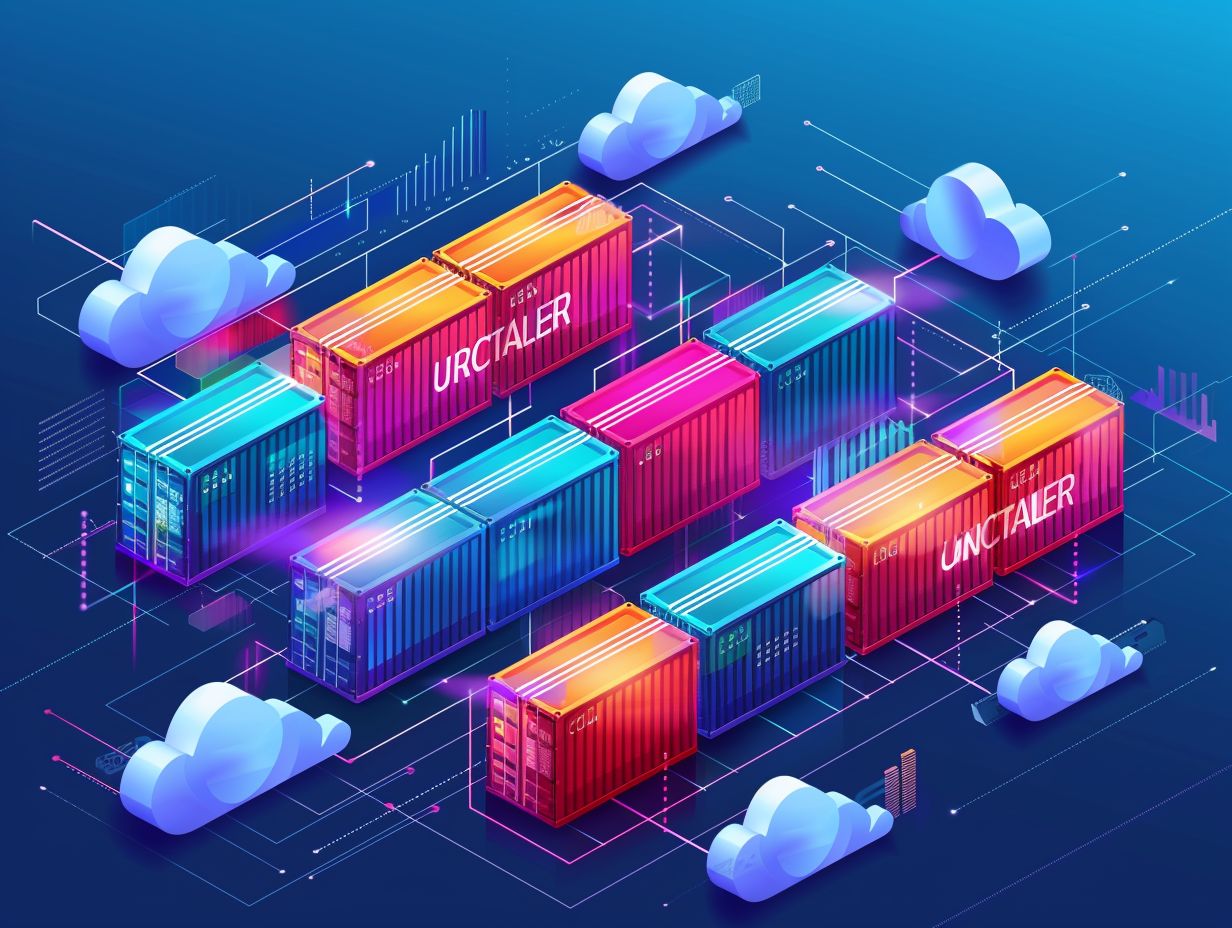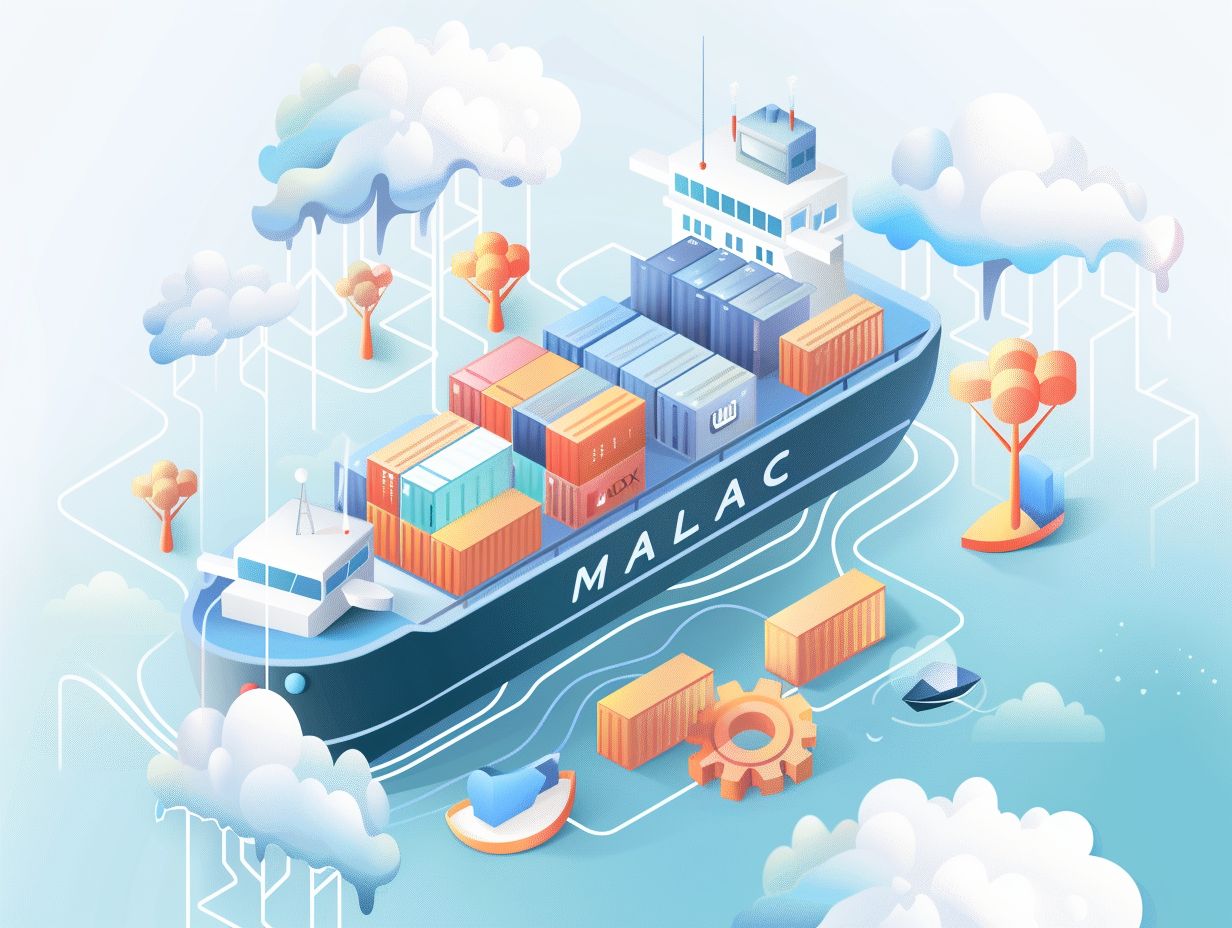If you are seeking to streamline Linux deployments for enhanced efficiency and scalability, Docker and Kubernetes are worth considering. This article delves into the advantages of utilizing these tools, which range from simple installation and setup to deploying applications through a systematic approach.
Additionally, we cover optimal practices for performance optimization and resource management, along with troubleshooting common issues to ensure seamless operations. Keep following to gain insights into Docker and Kubernetes!
Key Takeaways:

What are Docker and Kubernetes?
In the realm of containerized applications and orchestration, Docker and Kubernetes are two essential tools worth exploring. Docker serves as a platform that enables developers like yourself to create, deploy, and operate applications within containers. On the other hand, Kubernetes acts as an orchestration platform designed to streamline the automation of tasks like deployment, scaling, and management of containerized applications.
Both Docker and Kubernetes hold significant roles in the contemporary landscape of software development and deployment. Docker facilitates the process of encapsulating applications alongside their dependencies into standardized units known as containers, ensuring uniformity across various environments. In contrast, Kubernetes elevates the management of containers by offering advanced features such as automated load balancing, service discovery, and self-healing capabilities. Together, these tools give the power to professionals like you to streamline the development, testing, and deployment of applications, ultimately facilitating efficient scaling and portability across diverse cloud environments.
Benefits of Using Docker and Kubernetes
Utilizing Docker and Kubernetes provides a variety of advantages for developers and enterprises. These tools improve efficiency and productivity in managed workflows by offering streamlined deployment processes and secure orchestration of containerized applications.
Efficiency and Scalability
In the realm of Docker and Kubernetes, efficiency and scalability are of utmost importance. Docker allows developers to streamline workflows, while Kubernetes supports scalability through features like load balancing and self-healing capabilities.
These tools are not only beneficial for optimizing the deployment process but also for improving resource utilization. This allows for quick scaling up or down as needed. The containerization feature of Docker helps in minimizing system resource overheads, while Kubernetes’ orchestration efficiently manages resource allocation.
Kubernetes further enhances system health with its automated self-healing mechanisms. These mechanisms automatically respond to failures, ensuring uninterrupted service. Through advanced routing features like load balancing, Kubernetes optimizes traffic distribution across containers, ensuring high availability and performance.
Getting Started with Docker and Kubernetes

Embarking on the journey of Docker and Kubernetes starts with you installing and setting up these foundational tools. Tools such as Docker Desktop and Docker Hub are instrumental in streamlining the onboarding process for developers.
Installation and Set Up
The installation and setup of Docker and Kubernetes vary across different operating systems such as Linux, Windows, and macOS. Each platform offers distinct methods and requirements to enable the seamless deployment of containerized applications.
For Linux users, the installation process for Docker typically involves adding the official Docker repository, updating package indexes, and executing commands to install the Docker Engine. Setting up Kubernetes on Linux requires additional steps to configure the Kubernetes cluster, utilizing tools like kubeadm.
On the contrary, Windows users have the option of using Docker Desktop for a user-friendly installation process. Kubernetes can be set up on Windows using Minikube or Docker Desktop’s Kubernetes feature.
macOS users can simplify the setup process by installing Docker Desktop, which includes both Docker Engine and Kubernetes, enabling the seamless deployment of containerized applications.
Deploying Applications with Docker and Kubernetes
Utilizing Docker and Kubernetes for application deployment can revolutionize your development landscape by automating tasks and facilitating efficient repository management. Leveraging these tools guarantees seamless deployment processes and robust application management.
Step-by-Step Process
Deploying applications with Docker and Kubernetes involves a meticulous step-by-step process that encompasses tasks such as image creation, repository management, and deployment orchestration. Following a structured deployment approach ensures a smooth transition from development to production environments.
One of the initial steps in this deployment journey is creating Docker images. Images serve as packaged units that contain all the necessary components for an application to run seamlessly within a Docker container. These images can be built using Dockerfiles, which outline the instructions for setting up the environment and configuring the application. Once the images are created, they need to be stored in a repository for easy access and sharing among team members and deployment pipelines.
Best Practices for Streamlining Deployments

Optimizing production efficiency, enhancing security measures, and mitigating potential vulnerabilities through the adoption of best practices is crucial when streamlining deployments with Docker and Kubernetes. By strictly adhering to established guidelines, you can guarantee a seamless deployment process with minimal risks.
Optimizing Performance and Managing Resources
Optimizing performance and managing resources are critical aspects of utilizing Docker and Kubernetes effectively. By fine-tuning resource allocation, monitoring performance metrics, and optimizing containerized workflows, you can achieve peak operational efficiency.
This is particularly crucial in dynamic environments where workload demands can fluctuate. With Docker and Kubernetes, it becomes essential to constantly adjust resource allocation based on real-time insights to ensure smooth operations. Performance monitoring tools play a vital role in identifying bottlenecks and areas for improvement.
Workflow optimization involves streamlining processes to reduce latency and enhance overall system responsiveness. By implementing these strategies, you can enhance productivity, scalability, and reliability in your containerized environments.
Troubleshooting Common Issues
When troubleshooting common issues in Docker and Kubernetes, you must skillfully identify and resolve challenges that may surface during the deployment and management of containerized applications. By utilizing effective troubleshooting techniques, you can guarantee smooth operations and minimize downtime.
Identifying and Resolving Problems
Identifying and resolving problems in Docker and Kubernetes environments requires a comprehensive approach that addresses security vulnerabilities, scalability challenges, and self-healing mechanisms. By proactively addressing these issues, you can maintain a robust and secure containerized ecosystem.
This involves implementing best practices to improve the overall stability and security of your infrastructure. In terms of security vulnerabilities, conducting regular audits and updates is essential to ensure protection against potential risks. Scalability considerations involve optimizing resource allocation and using horizontal scaling techniques to efficiently handle varying workloads.
Integrating self-healing mechanisms allows for automated responses to service disruptions, reducing downtime and enhancing system resilience. By following these principles, organizations can establish a reliable and resilient environment for their Docker and Kubernetes deployments.
Frequently Asked Questions

What is Docker and how does it help in streamlining Linux deployments with Kubernetes?
Docker is a containerization platform that allows developers to package their applications and dependencies into containers, making it easier to deploy and run them on any environment. When used with Kubernetes, it helps in streamlining Linux deployments by providing a standardized and consistent environment for applications to run on.
How does Kubernetes improve the efficiency of Linux deployments?
Kubernetes is an orchestration tool that automates the deployment, scaling, and management of containerized applications. By using Kubernetes, administrators can easily manage and deploy applications on a large scale, reducing the time and effort required for manual deployment processes.
What are the benefits of using Docker and Kubernetes for streamlining Linux deployments?
Using Docker and Kubernetes together provides several benefits, such as improved efficiency, scalability, and flexibility. It also ensures a consistent and reliable environment for applications to run on, reducing the chances of errors or compatibility issues.
Can Docker and Kubernetes be used for both on-premises and cloud deployments?
Yes, Docker and Kubernetes are platform-agnostic, which means they can be used for both on-premises and cloud deployments. This makes it easier for organizations to deploy and manage their applications on any environment without having to make major changes to their infrastructure.
How can I get started with using Docker and Kubernetes for streamlining Linux deployments?
To get started, you will need to install Docker and Kubernetes on your system. There are several tutorials and guides available online that can help you with the installation process. Once installed, you can start containerizing your applications and deploying them using Kubernetes.
Are there any potential challenges or drawbacks of using Docker and Kubernetes for Linux deployments?
While Docker and Kubernetes offer many benefits, there are some potential challenges and drawbacks to consider. These include a steep learning curve for beginners, the need for additional resources for managing and monitoring the containers, and potential security risks if not properly configured.
